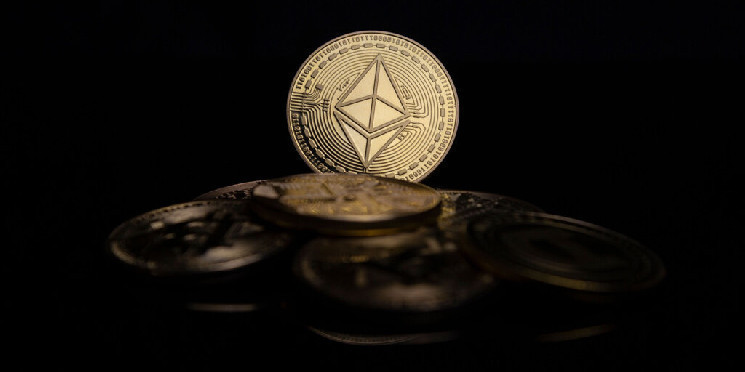Ethereum developers will roll out the much-anticipated Dencun upgrade on Wednesday, March 13. Developers have told Decrypt that the impact on gas fees for Ethereum scaling networks will be dramatic, with some estimating that they’ll drop by 75% immediately.
The name is a portmanteau of Cancun and Deneb, two separate upgrades that have been combined to create the term “Dencun.” A word of caution for Ethereum upgrade first-timers: There’s nothing that users need to do. Be wary of any blog, email, or Twitter (aka X) post that says otherwise and asks you to click a link or connect your wallet.
Leading up to the upgrade, Dencun has already been pushed live on several of Ethereum’s testnets. But the real push, to Ethereum’s mainnet, will occur later this week. The upgrade is happening roughly a year after the Shanghai upgrade from April 2023, when the newly upgraded proof-of-stake network made it possible for users to unstake their ETH.
This new upgrade is targeted at addressing core aspects of Ethereum’s framework, including its scalability, security, and overall user experience.
At the heart of the Dencun upgrade is the implementation of proto-danksharding, a cutting-edge concept designed to significantly reduce transaction fees and increase processing speed across the network.
“This is the beginning of a new paradigm for how Ethereum operates,” Karl Floersch, the CEO of OP Labs, which builds layer-2 network Optimism, told Decrypt earlier this month.
The optimization is expected to make Ethereum a more attractive network to build on for startups, which could add even more protocols to its already bustling decentralized finance (DeFi) ecosystem.
Ethereum has long hosted the largest DeFi ecosystem when measured by the number of protocols. In fact, it has seldom accounted for less than half of the entire total value locked in DeFi projects. At the time of writing, there are 990 Ethereum-based projects, according to DeFi Llama.
The upgrade also includes several key Ethereum Improvement Proposals (EIPs), each tailored to enhance specific functionalities within the network. For example, EIP-7044 will introduce programmable staking exits.
Validators secure the Ethereum network by locking up 32 ETH as their pledge to keep their validator client running and handle the transactions that come their way. If they don’t, they stand to lose a portion of their 32 ETH to penalties.
For users who don’t have 32 ETH to become a solo staker, there are pooled staking options. They allow users to deposit any amount of Ethereum and earn a share of the staking rewards (minus the pool fees, of course).
But what happens if the validator with whom you’ve staked your ETH experiences downtime and part of your staked funds get slashed?
EIP-7044 will make it possible for ETH validators and stakers to store instructions for when to exit their position—called perpetually valid signed voluntary exits—in smart contracts, and specify when they should be carried out.
For example, someone running a validator node may want to exit if their hardware remains inactive for a certain number of blocks processed. This is an important protection for validators because they could face mounting fines if they’re unable to process transactions on time.
Edited by Andrew Hayward

